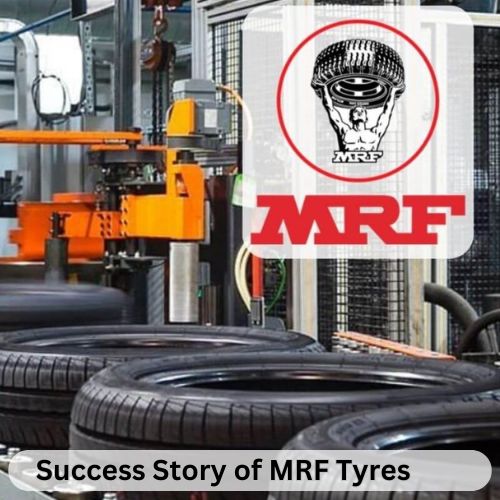The coming weeks will be critical for fundraising. If it fails, the issuer’s B- credit rating, which is already in the junk-bond category, might be jeopardized, according to S&P this month. Adani’s net debt load of $24 billion is three times that of Agarwal, yet his bonds are still rated below investment grade.
Indian tycoons with high debt are having a difficult time. In only one month, Gautam Adani’s $236 billion infrastructure empire has collapsed by more than three-fifths. Although his inexorable growth and catastrophic demise dominate headlines, another well-known mogul may be facing a lesser storm. Anil Agarwal’s Vedanta Resources Ltd., which was briefly listed in London, has a mountain of debt, including a $1 billion bond due in January.
Nonetheless, Vedanta Resources was able to reduce its net debt load from almost $10 billion in March of last year to just under $8 billion. According to S&P Global Inc., with the listed entity announcing a dividend last month, its parent and main shareholder is “highly likely” to satisfy its commitments until September 2023. Thus far, so good.
Nevertheless, when Agarwal attempted to acquire the funds for $1.5 billion in loan and bond repayments between September of this year and January of 2024, he encountered a stumbling block.
What was intended to be a fast trip to the ATM has turned into an excursion risky enough for Vedanta Resources bondholders to push the price of the August 2024 note below 70 cents on the dollar. The coming weeks will be critical for fundraising.
The coming weeks will be critical for fundraising. If it fails, the issuer’s B- credit rating, which is already in the junk-bond category, might be jeopardized, according to S&P this month. Adani’s net debt load of $24 billion is three times that of Agarwal, yet his bonds are still rated below investment grade.
What sparked concern was the fact that Hindustan Zinc Ltd., which Agarwal began purchasing from the Indian government in a privatization transaction two decades ago, now had a cash pile of $2 billion, albeit considerably less than previously. Furthermore, the miner earns between $300 million and $600 million in Ebitda per quarter.
Thus Vedanta Ltd., which now controls 65% of the company, chose to sell THL Zinc Ltd. Mauritius to Hindustan Zinc in January. This cash transaction, which represented mining interests in South Africa and Namibia, was valued at around $3 billion over the course of 18 months. Because Vedanta Ltd. is 70% owned by Vedanta Resources, it would have met the latter’s liquidity requirements.
Except there was one issue. The purchase was rejected by New Delhi, which still controls around 30% of Hindustan Zinc. “We would urge the company to explore other cashless methods for acquisition of these assets,” the Indian government wrote in a letter dated Feb. 17, threatening to pursue legal action if Hindustan Zinc went forward with the transaction.
This creates two issues for the mining mogul. Secondly, until China’s economy recovers, the post-pandemic period of supernormal commodities earnings may be ended. If Agarwal is unable to transfer cash from Hindustan Zinc to his privately owned Vedanta Resources, his capacity to pay down debt may be jeopardised, requiring him to borrow more. Nevertheless, with the Fed showing no sign that it is done rising rates and the value of current Vedanta Resources bonds falling, he may struggle to acquire new funds at a fair cost.















